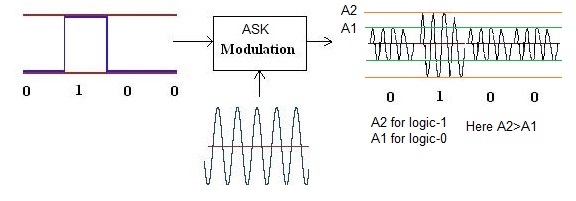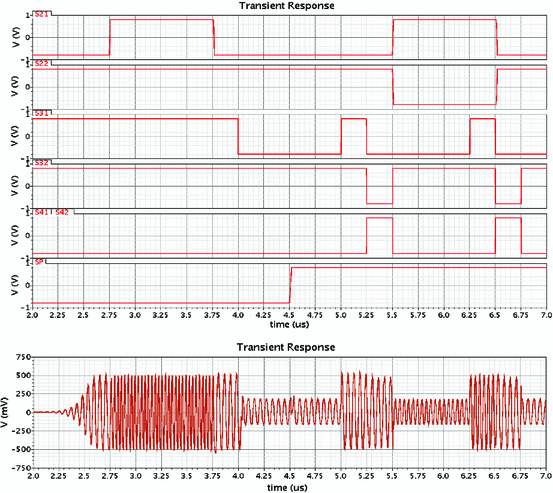
The frequency of an analog carrier signal varies w.r.t modulating signal, keeping amplitude and phase constant. They are used mainly for radio frequency.įrequency Shift Keying (FSK) Frequency Shift Keying (FSK) is a form of modulation that represents digital data as variations in the frequency of a carrier wave. CON’s of ASK: Inefficient Modulation Techniques. Transmission and Receiving of such signals using components becomes easy. Highly susceptible to noise interference.Īmplitude Shift Keying (ASK) PRO’s of ASK: It is Simple and Easy to implement.The strength of the carrier signal is varied to represent binary 1 and 0. In the modulated signal, logic 0 is represented by the absence of a carrier, thus giving OFF/ON keying operation and hence the name given.Īmplitude Shift Keying (ASK) We can think of a carrier signal as an ON or OFF switch. The level of amplitude can be used to represent binary logic 0s and 1s.īaseband Data ASK modulated signal A cos ω ct The amplitude of an analog carrier signal varies w.r.t modulating signal, keeping frequency and phase constant. Amplitude Shift Keying (ASK) is a form of modulation that represents digital data as variations in the amplitude of a carrier wave. Modulation Techniques Amplitude Shift Keying (ASK) Frequency Shift Keying (FSK) Phase Shift Keying (PSK) Baud rate determines the bandwidth required to send signal Baud rate = bit rate / # bits per signal unit Bit rate is important in computer efficiency Baud rate is important in data transmission.

Baud rate is less than or equal to the bit rate.

Baud rate is the number of signal units per second. 7.ĭigital-to-Analog Conversion Amplitude Shift Keying (ASK) Frequency Shift Keying (FSK) Phase Shift Keying (PSK) Quadrature Amplitude Modulation (QAM) Bit/Baud Comparison Modemsīit rate is the number of bits per second.


 0 kommentar(er)
0 kommentar(er)
